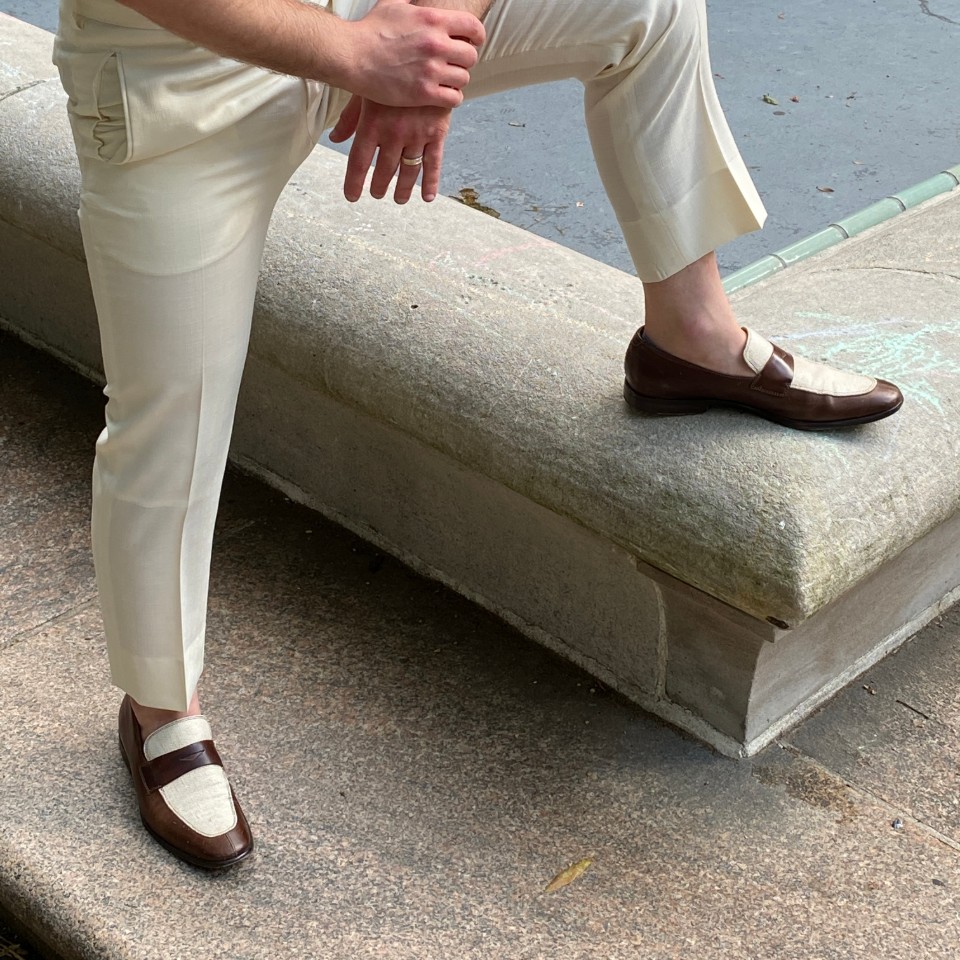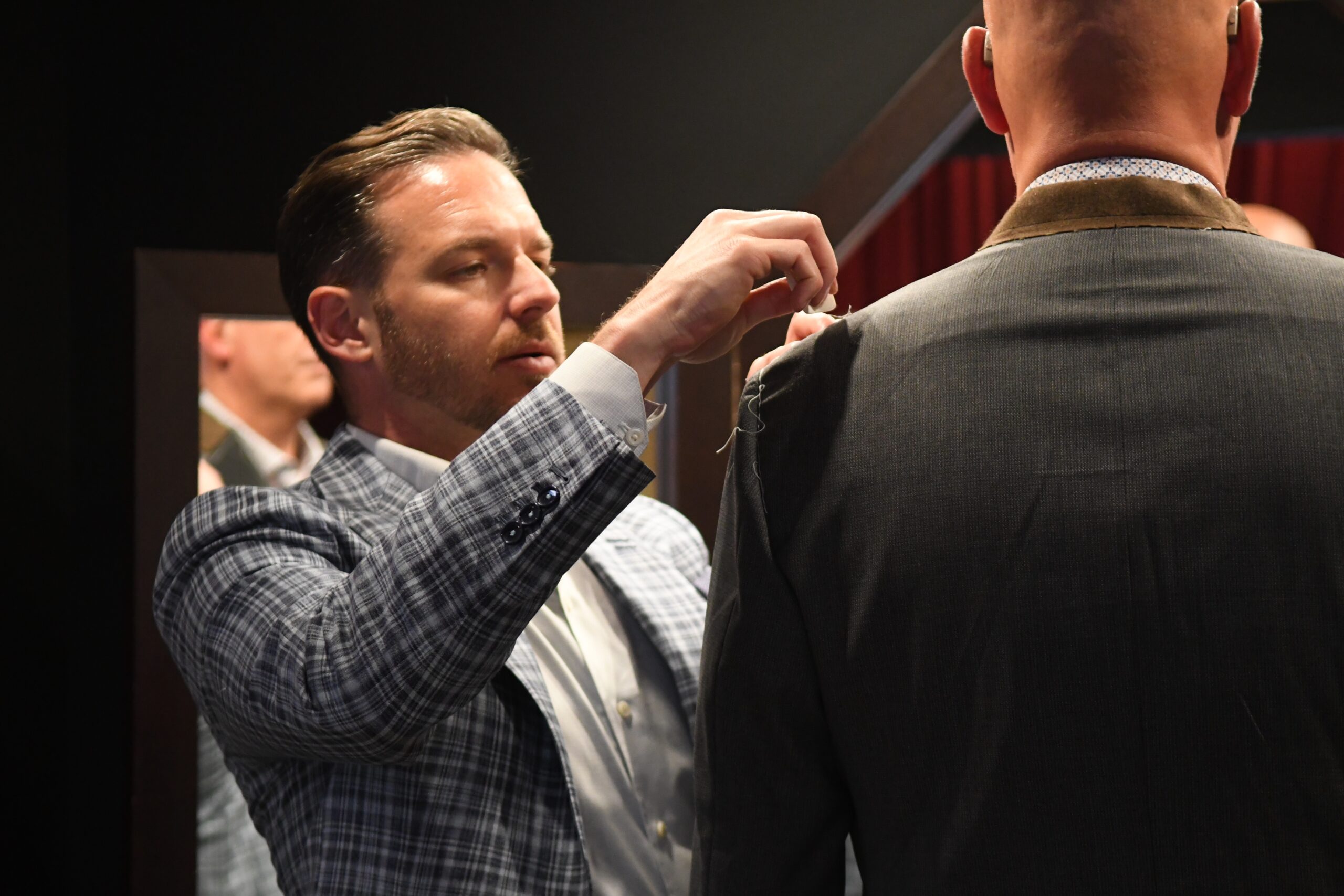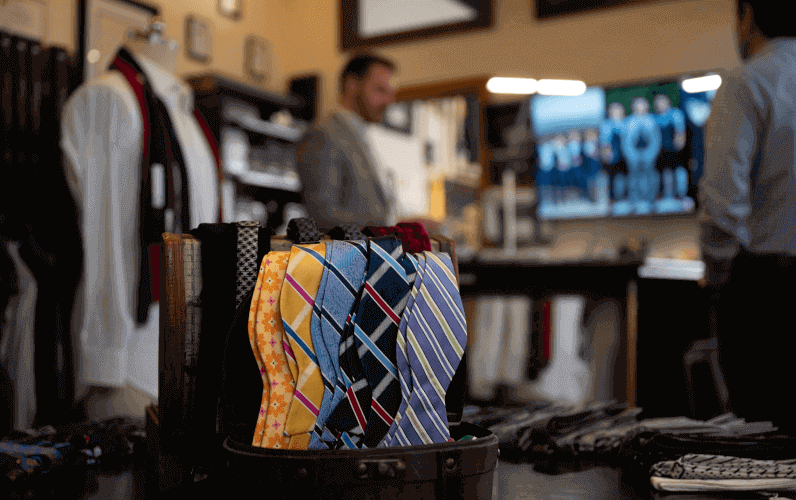We’re always talking about style versus fashion here at the shop. To be concise: style is permanent and personal, while fashion is fleeting and generic. This is an important consideration for anyone who wants to build a functional wardrobe, but it goes deeper than that. The fashion industry has, for years, had a negative environmental impact. In this post, we’ll talk about that effect and discuss how a custom wardrobe avoids it.
Fast Fashion & The Environment
 Did you know that over 15 million tons of clothing go to waste every year? That translates to roughly 25 billion unworn garments. The current model is “Take, Make, Waste” – take from the Earth, make products, and waste much of what you make. These goods often end up in landfills. This pollutes the planet and serves as a monument to wasted time, money, and labor. Fast fashion is wasteful.
Did you know that over 15 million tons of clothing go to waste every year? That translates to roughly 25 billion unworn garments. The current model is “Take, Make, Waste” – take from the Earth, make products, and waste much of what you make. These goods often end up in landfills. This pollutes the planet and serves as a monument to wasted time, money, and labor. Fast fashion is wasteful.
There are other downsides, too. The entire fast-fashion industry is built on a “sell more, sell fast, sell cheap” model. Low price points are fine, but there’s no focus on longevity or quality. Styles are forced into obsolescence, and consumers are left in a never-ending feedback loop of replacing cheap goods with more cheap goods.
So, how do we mitigate the negative environmental impact of fast fashion?
Slow Fashion, Or, “Style”
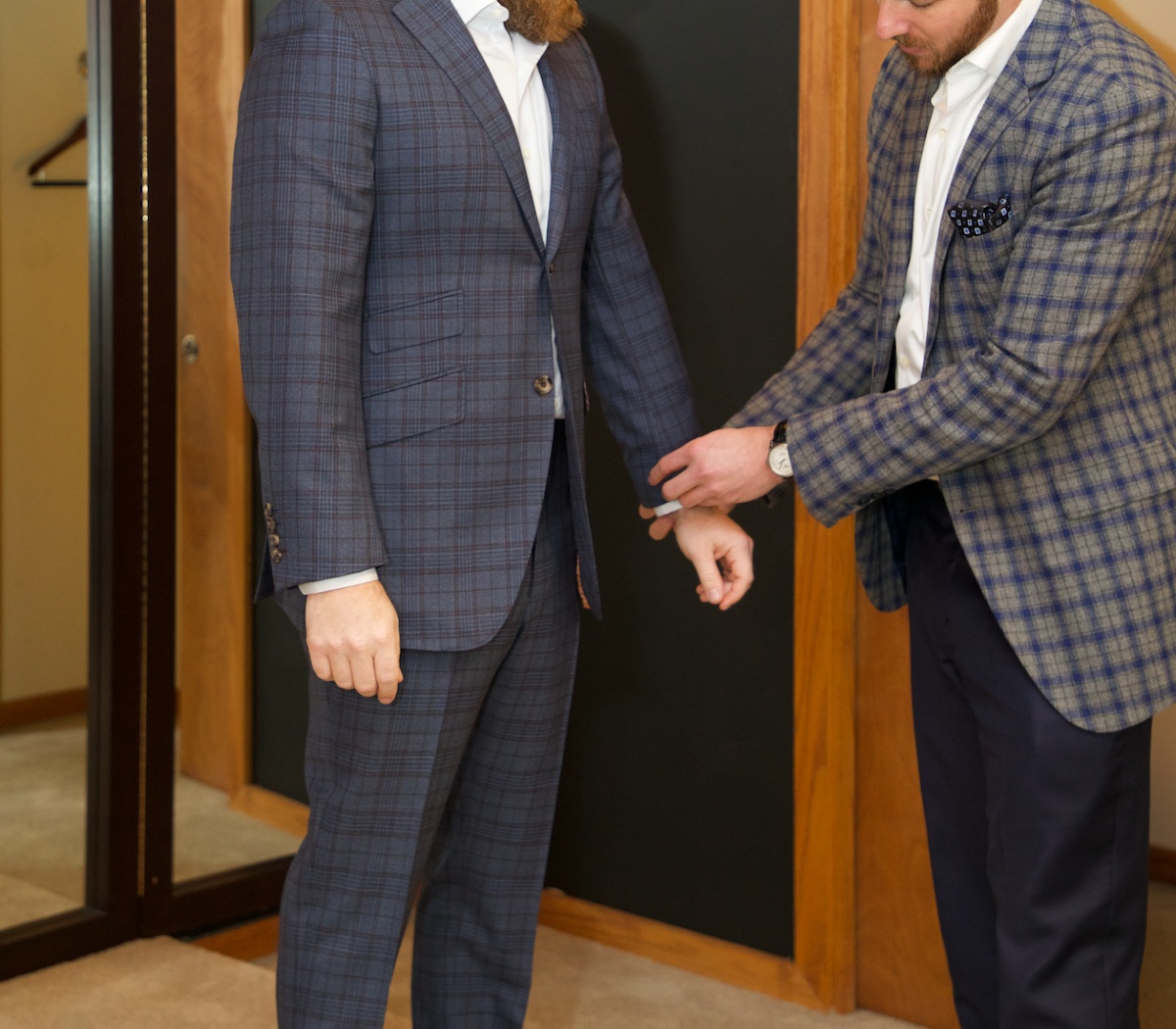 “Slow fashion” – intentionally eschewing speed and corner-cutting in favor of quality, longevity, and pride – is the very nature of our business model. Our goods take anywhere from 3-12 weeks to deliver (depending on the garment). This is the polar opposite of “see it now, buy it now, take it home now.”
“Slow fashion” – intentionally eschewing speed and corner-cutting in favor of quality, longevity, and pride – is the very nature of our business model. Our goods take anywhere from 3-12 weeks to deliver (depending on the garment). This is the polar opposite of “see it now, buy it now, take it home now.”
This method allows for better business practices – we work with vendors who treat their workers well and commit to turning out exceptional quality. It also allows the wearer to build high-quality wardrobes over time – lots of time. We’re proud of our pieces being “heirloom quality,” something you can hand down to the next generation if you take good enough care of it.
This doesn’t just save time, money, and resources. It infuses your clothing with an intangible, unmatchable emotional quality – a patrimony, even. It’s one thing to appreciate vintage cufflinks, but quite another to show off the set you inherited from your father, who inherited them from his father. When you invest in and properly care for high-quality custom clothing, you assure that future generations will be able to wear your clothes with pride.
The Circular Economy & Henry A. Davidsen’s Commitment To Giving Back
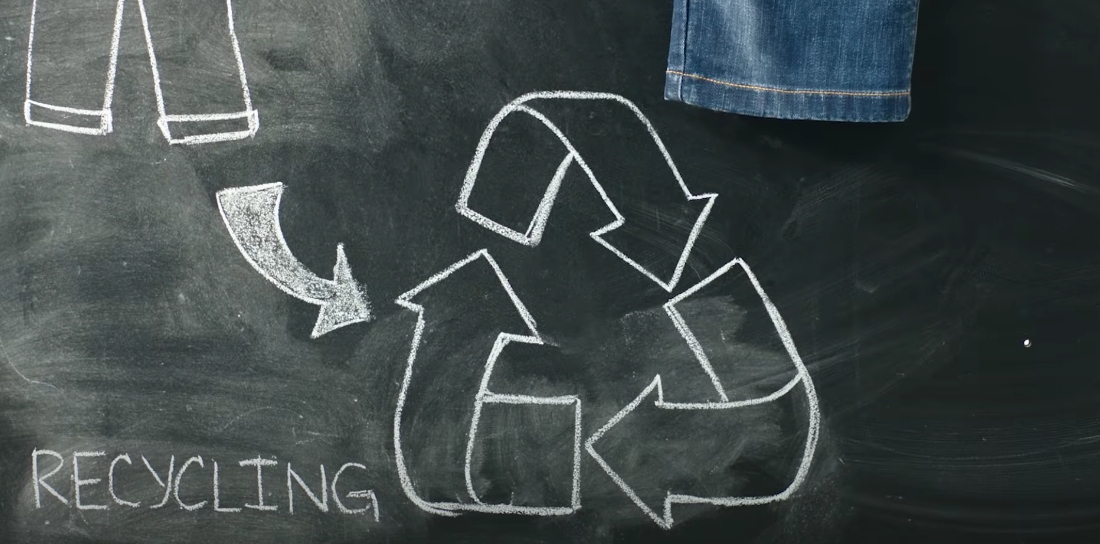 Another way to nullify fast fashion’s negative effects is to view this through the lens of the “circular economy.” This focus on sustainability and minimizing waste in production and use (and reuse) is serious business for us at the shop. Our partnership with Career Wardrobe involves an annual clothing drive and ongoing donations throughout the year. This takes clothing that would otherwise end up in a landfill and puts it on the backs of men who need it to help them re-enter the workforce.
Another way to nullify fast fashion’s negative effects is to view this through the lens of the “circular economy.” This focus on sustainability and minimizing waste in production and use (and reuse) is serious business for us at the shop. Our partnership with Career Wardrobe involves an annual clothing drive and ongoing donations throughout the year. This takes clothing that would otherwise end up in a landfill and puts it on the backs of men who need it to help them re-enter the workforce.
Another way to buy clothing more sustainably is to shop second-hand. While this seems like the polar opposite of building a custom wardrobe, it’s a great way to source vintage items that you’d never see in a typical brick-and-mortar store.
Conclusion
A custom wardrobe isn’t just good for you – it’s better for the environment, too. Curious to learn more about the fundamentals of a custom wardrobe? We’re here to help. Call us at 215-310-0219 or email info@henrydavidsen.com to get started.
